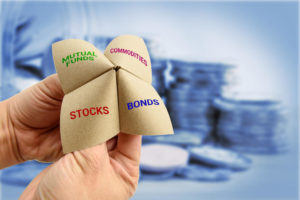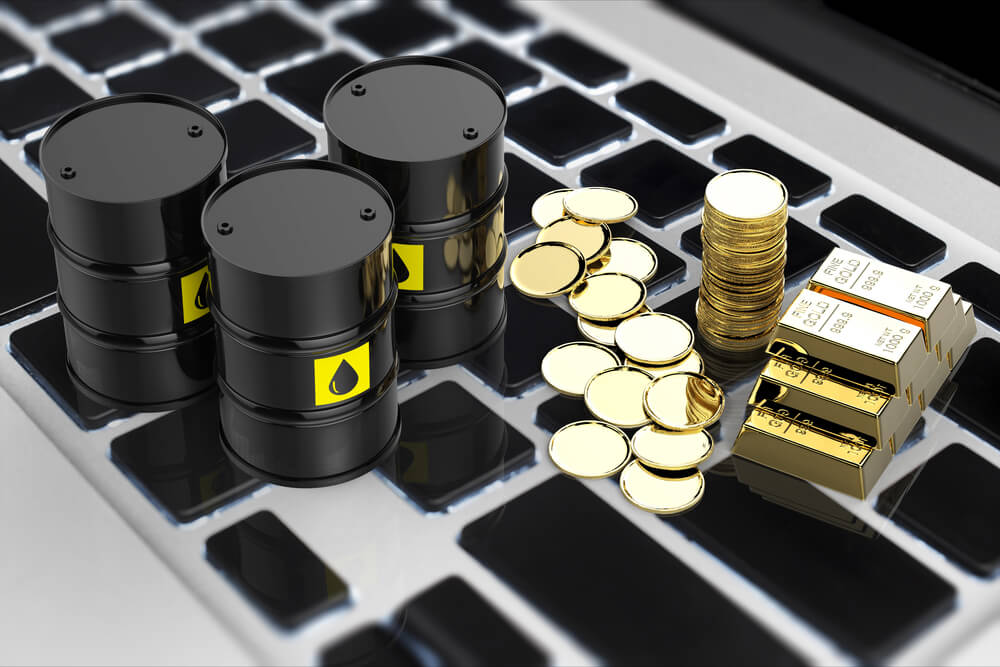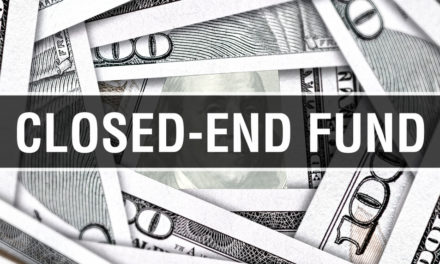Editor’s note: If you want to learn more about the commodities bull market and why a commodity ETF might be a great fit for your portfolio now, read this.
Stocks and bonds are the “meat and potatoes” of most investors’ portfolios.
The thing is, interest rates have been in secular decline since the 1980s. That means bond prices have trended higher and higher. So, the bond portion of the “60/40” stocks-and-bonds portfolio has done quite well.
But now, interest rates are about as low as they can go. Thanks to the unprecedented levels of monetary and fiscal stimulus we’re seeing in response to the COVID-19 pandemic, folks on both Main Street and Wall Street have begun to worry about inflation.
In a word, inflation and rising rates kill bond prices.
So everyone and their brother is now viewing the “60/40” portfolio with a dubious eye.
They’re all trying to figure out …
How Do You Hedge Against Inflation?
Economists and investment managers alike point to commodities as a solid hedge against inflation.
But for retail investors, gaining access to commodities hasn’t always been as easy as investing in the “meat and potatoes” staples.
Thankfully though, innovation in the exchange-traded funds (ETF) market has changed that in recent years. Now, there are far more options available to retail investors who want to gain exposure to commodity prices.
Let’s have a look at three of them …
Commodity ETF No. 1: Go Long
The Invesco DB Commodity Tracking Fund (ARCX: DBC) was one of the first easily-tradable commodity funds to hit the market, debuting in February 2006. It’s also one of the largest today, with more than $2.6 billion in assets under management.
In short, DBC gives investors long-only “buy-and-hold” exposure to a basket of commodities.
The fund buys futures contracts on 14 of the most heavily traded commodity markets:
- Energy.
- Precious metals.
- Industrial metals.
- Agriculture.
The precise mix of those markets is updated once a year in November.
If you’re looking for an easy way to get long-only, “always-on” exposure to a diversified basket of the world’s most important commodities, the Invesco DB Commodity Tracking Fund (DBC) is a solid choice.
The fund is registered as a commodity pool, which, pertinent to retail investors, simply means you will receive a K-1 form at tax time. Some investors prefer not to bother with K-1-issuing investments because it’s one extra tax form that often arrives later than 1099s. But that shouldn’t be the only deciding factor you consider.
The fund isn’t cheap compared to many S&P 500 equity ETFs, but its total expense ratio of 0.88% is reasonable.
Full disclosure: I currently have my Home Run Profits model portfolio recommending an options play on DBC. It’s going quite well so far!
Commodity ETF No. 2: A More Flexible Approach
 Another commodity-heavy fund you should consider is the Wisdom Tree Managed Futures Strategy ETF (ARCX: WTMF).
Another commodity-heavy fund you should consider is the Wisdom Tree Managed Futures Strategy ETF (ARCX: WTMF).
This fund is designed to adapt to changing trends in commodity markets.
Unlike DBC, which is always long for every commodity in the basket, WTMF can go both long and short the basket of commodity markets it trades — which also span the energy, precious metals, industrial metals and agriculture sectors.
Arguably, this makes the Wisdom Tree Managed Futures Strategy ETF adaptable to both inflationary and deflationary trends. When commodity prices are ripping higher … the fund will position on the long side. And when commodity prices are trending downward … it will get short.
What’s more, WTMF will not only expose you to trends in major commodity markets, it also goes long and short bond and currency markets.
The fund’s ability to short government bonds, specifically, could be particularly advantageous in an inflationary environment, in which interest rates are likely to move higher as bond prices trade lower.
What’s more, the fund’s positions are rebalanced monthly, making it potentially more adaptive to changes in trend than DBC, which again rebalances annually and is long-only.
WTMF is registered as an open-ended “40 Act” fund, which is in contrast to DBC’s registration as a commodity pool. Your tax advisor can give you more details, but this means that WTMF shareholders do not need to bother with a K-1 at tax time.
WTMF’s expense ratio is a bit lower, at 0.65%.
Commodity ETF No. 3: A Good Middle Ground
Finally, the Direxion Auspice Broad Commodity Strategy ETF (ARCX: COM) offers, as I see it, a nice middle ground between DBC and WTMF.
Like DBC, the Direxion Auspice Commodity ETF invests solely in commodity markets — there are no equity, bond or currency exposures.
And similar to how WTMF can adapt to changes in trend, so too can COM … but with one important distinction: COM employs a “long-or-flat” strategy to trade individual commodity markets.
COM monitors the price trends of 12 commodity markets: gold, silver, copper, corn, cotton, soybeans, sugar, wheat, crude oil, gasoline, heating oil and natural gas.
If the trend in the price of copper, for example, is positive … the fund will buy copper futures. But, if the trend in copper is negative … the fund will simply be “flat” the market, holding an allocation in cash instead of copper.
This process is done individually for each of the 12 commodity markets it trades. You can go to the fund’s website at any time and see which markets it’s long and which it’s flat.
This fund is a great option for investors who want focused exposure to bullish trends in commodity prices in an adaptive strategy that’s likely to mitigate the downside of bearish trends.
To the extent that most commodity prices tend to rise in inflationary environments, COM should act as a great hedge in that regard.
The Direxion Auspice Broad Commodity Strategy ETF is also structured as a “40 Act,” non-K-1 generating fund. And it charges a 0.70% expense ratio.
Which Is Best?
There’s no “best” commodity fund among these three. Each has unique characteristics, strengths and weaknesses. And each will provide varying degrees of hedging value in the next inflationary environment — which we won’t know with any precision until it happens.
One “Goldilocks” approach to consider is making an investment in all three funds. Your net performance won’t be as good as the eventual “best” funds of these three … but it also won’t be as low as the “worst” of them. That’s how diversification works — you earn an average, “middle-of-the-road” result.
Of course, if one of these funds is the best solution for your particular portfolio — go for it!
I’ll just say that no matter which one or ones you allocate to, I think it would be a big mistake to go the next year or two without a meaningful exposure to commodities as a hedge against potential inflation.
To good profits,

Adam O’Dell, CMT
Chief Investment Strategist, Money & Markets




